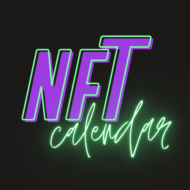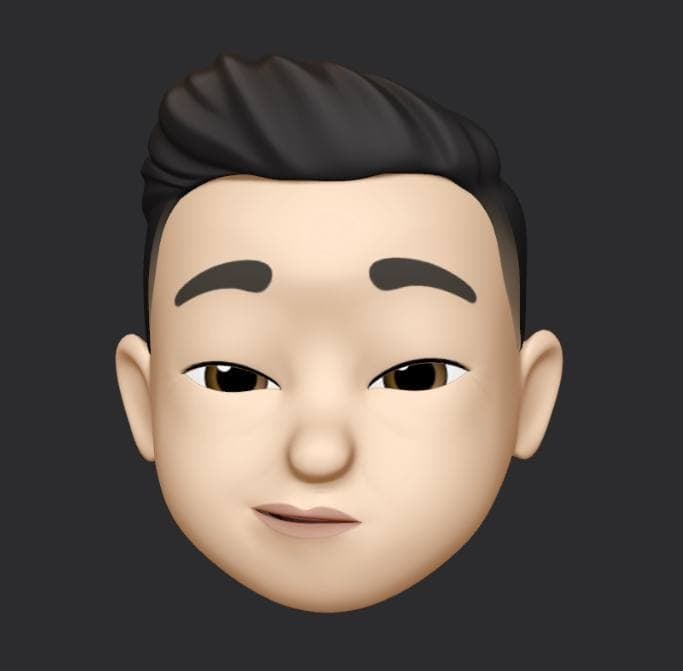How's everybody doing? This time around we are talking to Heath Zimmerman — a classically trained painter, digital artist and advertising creative director. He has recently released his signature series “Automation Society.”, which is over 25 years in the making.
Chris: As an artist in the NFT space, what excites you the most about the concept of digital ownership and blockchain technology?
Heath: I’m excited by the idea that digital ownership and blockchain technology increases trust and traceability for buyers and creators. lt’s a more secure version of “provenance” in the traditional art world where you can trace who owned the artwork back to the artist who created it. It helps establish authenticity. This means potential buyers can buy work from artists with more confidence. They know they’re getting the genuine article and can prove that for years to come.
Chris: Can you walk us through your creative process when you set out to create a new NFT artwork?
Heath: My process always starts with asking myself the question, “what do I want to communicate?” I then move to drawing, whether it’s traditional pencil on paper or drawing on an ipad. I work out composition and then strip away everything that I don’t need to tell the story. I bring the drawings into photoshop and illustrator and then I hand paint them. I have digital brushes that allows me to simulate how I work when I paint on canvas.
Chris: How do you determine the value of your NFT artworks, and what factors do you consider in the pricing?
Heath: I determine a fair value based on the creation time and the rarity of the piece.
Chris: What do you think are the advantages and disadvantages of the NFT market compared to traditional art markets?
Heath: It’s interesting to compare the two markets. The advantage of the NFT market is that NFT platforms allow artists firsthand access to global markets and they receive royalties. Traditional galleries are much more gated. The clients are the galleries, not the artists, and there are no royalties. The NFT market empowers the artists to foster those relationships. They also take much less of a cut than traditional galleries. The advantage to traditional art markets is that you have an actual physical object so it’s easier to establish value.
The disadvantage of the cyberart market is that it’s very young and cyber crime is rampant. This causes a loss of trust for both buyers and sellers to engage in transactions. The industry needs to have a more formal and enforced regulation system.
Chris: Do you have any specific themes or messages that you like to convey through your NFT art?
Heath: I believe in the power of art as social commentary. My signature series the “Automation Society.” documents my own experiences as a creative director and visual artist working in Manhattan. The paintings explore a reality-based narrative and present themes like the struggle with routine, loss of individuality, work/life balance, and the ultimate search for meaning and personal contentment.
Chris: In your opinion, how can NFTs empower artists and potentially change the dynamics of the art industry?
Heath: The change is already happening, with platforms and communities challenging the status quo of how artists have access to buyers and keep more of what they earn. What’s happening with NFT’s and artists reminds me of the movie “Air.” The movie documents how Michael Jordon was the first athlete to be fairly paid for the equity he gave to a product which was the sneaker Air Jordans. Artists should be fairly compensated for the equity they put in their own work.
Chris: Any last words? Where can readers follow you?
Heath: I’m excited about what the future holds for NFT artists and the NFT community in general. It’s a great time to be creating at such a pivotal time in art history.
I can be followed on:




